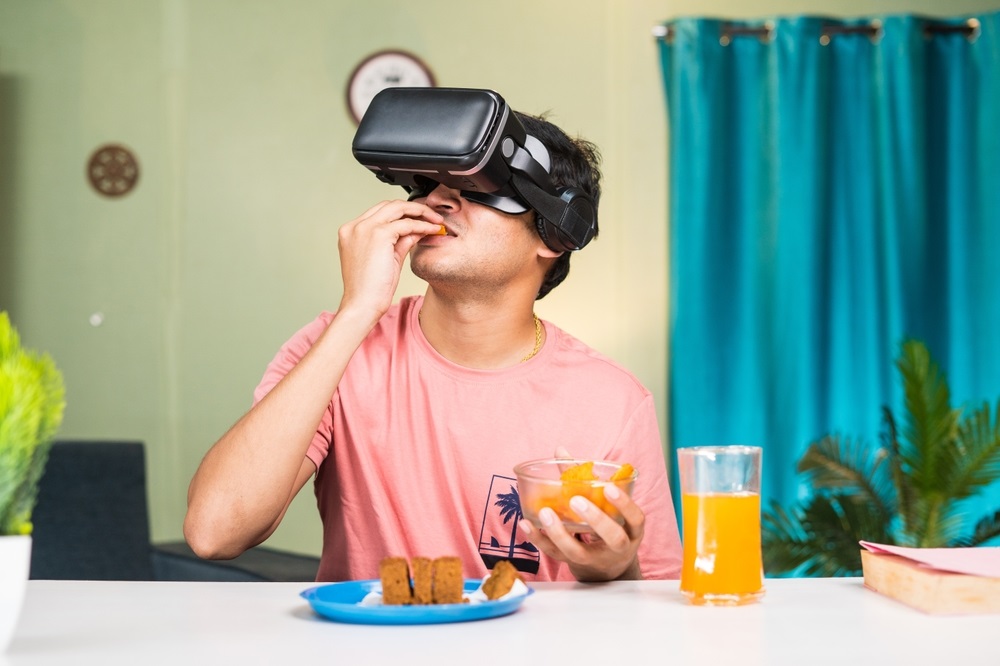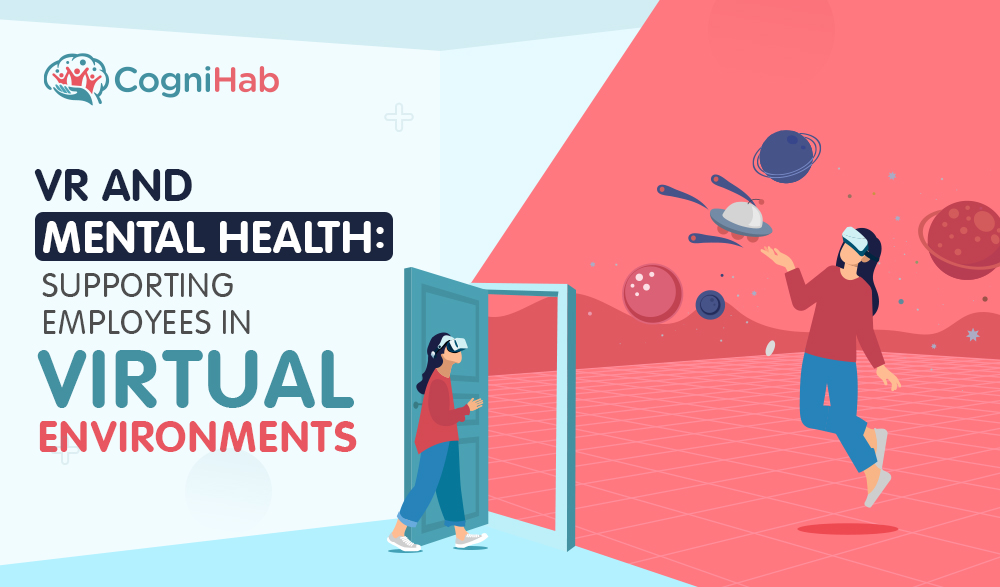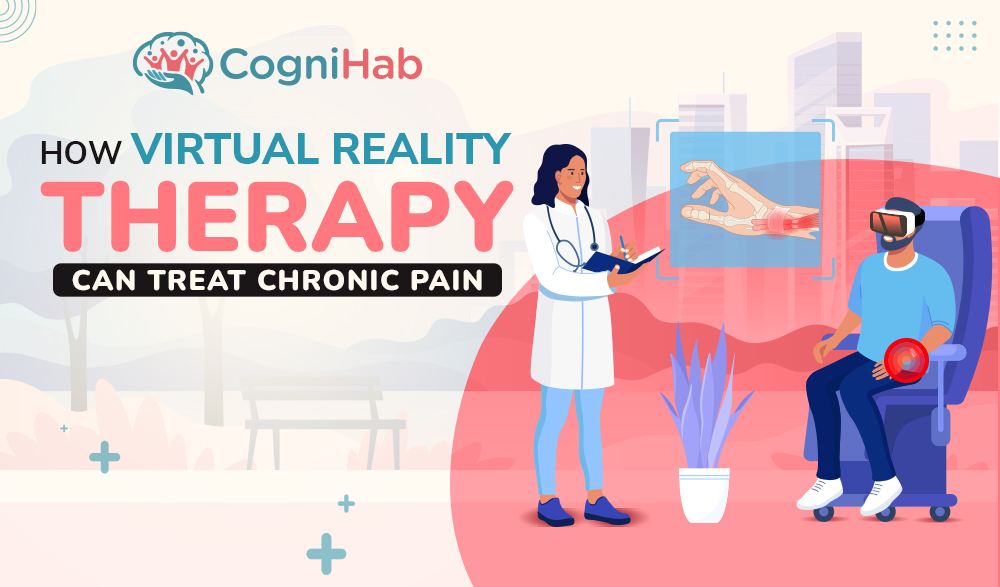Immersive Distraction for Oncology: How VR Can Help
There is a rising demand for fresh diagnostic techniques. When it comes to Cancer, such innovative techniques have paved the way for distraction intervention. And virtual reality is at the forefront of the solutions.
- By 2026, the VR healthcare market will reach $2.4 Billion in value from $240.9 Million in 2018 according to Globe News Wire.
- The VR healthcare market is estimated to grow at a CAGR of 33.2% from 2019 to 2026.
Let us see what distraction intervention is and how VR can assist practitioners in administering it in the prevention, diagnosis, and treatment of cancer.
Virtual Reality for Oncology
- VR for oncological diseases provides the patient a safe place in the digital world when undergoing treatment. The emotional situation of a patient during such treatments of such diseases plays a vital role in the result and success of the treatment.
- The patient gets doubtful about the treatment, anxious about the life ahead and so much more. The use of VR in oncology not just helps the patient with anxiety, pain, and depression but also helps the oncologist make the patient understand the complete treatment procedure thus making them comfortable and relaxed.
- Pain management can be addressed through virtual reality. Specifically through the distraction factor induced by the technology. It can also function as a mechanism for vision restoration as well as improving bodily functions.
We can conclude that distraction intervention helps patients by distracting them from the monotony of the treatment. For example, a patient undergoing cancer treatment chemotherapy can be virtually transported to a beach by simply mounting a VR headset.
But it is not just the patients. Along with therapy, VR can also help with physician education with minimal cost for the hospital. Let us take a look at the other benefits of VR when it comes to cancer treatment.
Learn more: How VR is Transforming Cancer Studies
Benefits of VR for Oncology
- VR can help in patient education. For instance, a patient who is being treated for esophageal cancer can better understand the effect of smoke on the lungs and be motivated to quit.
- VR can better equip physicians by allowing them to conduct trial runs of surgery. This reduces human error and increases efficiency.
- VR alters the perception of time. The treatment seems much shorter, leading to a better mindset among the patients.
- VR can help in anxiety reduction therapy to reduce the stress and depression of the patients by transporting them out of the dreary confines of the hospital.
According to a study conducted by NCBI, 82% of the patients who experience VR intervention were willing to reuse it for subsequent treatments. The intervention was perceived as noninvasive compared to medications.
Now that the benefits have been listed, let us look at some key industry players who are taking advantage of these benefits.
Applications of VR for Cancer Treatment
- Boston Children’s Hospital adopted VR and found that it helped in behavior change among the patients.
- Hearst Foundation is using VR to cure hypertension associated with chemotherapy.
- The Christ O Brien Lifehouse is using distraction therapy such as a virtual skydiving experience for the patients.
- Penn Medicine has adopted a holistic application of VR for patients undergoing chemotherapy. The patients have reported lesser physical and psychological stress.
VR has come up with innovative solutions to cancer treatment. Especially within the paradigm of getting the patients to respond to traditional medications.
Also learn: Role of VR in Supporting Cancer Patients
VR, in collaboration with traditional treatment methods such as surgery, radiation therapy, chemotherapy, and more is proving to be much more effective. There is a wave of adoption being seen in this unconventional yet effective treatment alternative.
What can we conclude from industry players accepting the tech into their care provision?
Conclusion
Compelling virtual reality will make a positive impact on the patients. Leading industry players like Alphabet, Microsoft, Philips, GE, SyncThink, and EchoPixel have started pouring resources into virtual reality technology for the healthcare market. According to ‘Reports and Data’,
- The VR sensor segment is estimated to grow a 33.9% CAGR from 2019 to 2026.
- The software segment of healthcare VR will see a 15.4% CAGR from 2019 to 2027.
The sensor and software segment is generic to the medical field and will see adoption regardless of the type of care given. When it comes to chemotherapy, the patient engagement statistics is to be more focused on. ‘Reports and Data’ have estimated that:
- When it comes to patient engagement, a 16.6% CAGR is expected from 2019 to 2027.
- The adoption of VR among clinics and hospitals will skyrocket as the market sees a CAGR of 16.1% from 2019 to 2027.
VR in oncology and cancer treatment and as a motivating factor for behavior change as well as a distraction intervention for chemotherapy is already seeing adoption. It is not just the physical side but the mental health is being benefitted as well.
At Cognihab, we cherish the idea of technology disrupting healthcare for a better and informed patient experience. To know more about such disruptions within the industry, visit www.cognihab.com.







